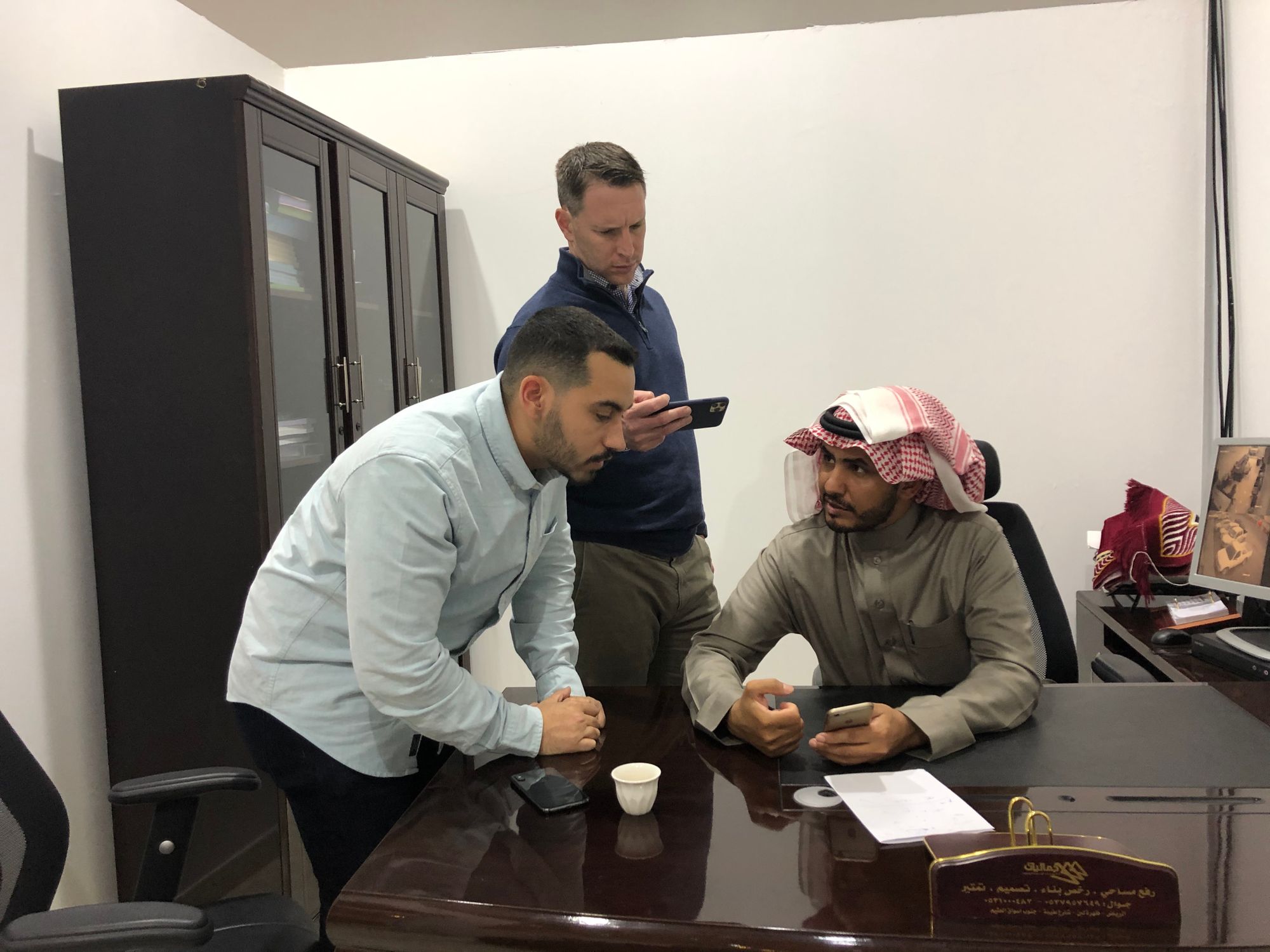Five tips for a great customer development session

The goal of speaking with customers is for us to get validated learnings. Unfortunately, if these customer sessions are not done right, Product teams will get limited real insights that will drive decisions on what problems to solve and what solutions to build.
After many personal mistakes I've made over the years, here are a few tips for running user sessions that help you build the right product that customers love.
Five tips for a great customer development session
Tip 1: Don’t show the cookie
What for the confirmation bias. Too often we gravitate towards a solution and find the need to seek validation that this solution actually solves a problem. If you are going into an interview looking for potential users to say "yes", "yes", and "yes" - the interview will deliver no value for real learnings.
Tip 2: Find out what users actually do, not what they hypothetically want to do
As humans, we have a tendency to have a much more optimistic view on what we want to do in the future than reality suggests. Bad interview questions live in the hypothetical (eg. "Would you buy a subscription for $29.99 to get free deliveries on your food?").
People are notoriously bad at predicting their future behaviors. Avoid these questions like the plague.
Instead, focus on current behaviors. Understand what users are currently doing today. Ask them about the last 5 times they did an activity or when the last time they were frustrated about something is. Dig deeper into the stories behind those occasions and it will help you build context and understanding.
Visiting users in their current context (e.g. their office) can be hugely valuable - it puts users at ease and gives you a deeper understanding of how they work, what they do, and workarounds that they might have that wouldn't be shown over a Zoom call.

Tip 3: Open ended questions are your friend - why, why, why?
When speaking with users, avoid "yes or no" questions. The goal is to broaden out the conversation to build context, so open ended questions are your friend.
When you ask open ended questions, you're giving users an opportunity to tell stories about their lives and work. Find opportunities to dig into why they do/feel/say something. You should be saying "Why" or "Tell me more about x" about 20 times in an interview.
You want to get to a ratio of 90/10 for talking time - 90% on the user, 10% or less for you. The only way that happens is with great open ended questions that users can tell stories around.
"It’s not anyone else’s responsibility to show us the truth. It’s our responsibility to find it. We do that by asking good questions." (The Mom Test)
Tip 4: Prepare questions, but don’t read from it
Good preparation is important. You want to shape a conversation around a topic so that you can go deep into it. However, don't read from a script - it takes away from the conversational nature of an interview. Let the conversation stray towards what users really want to talk about - these are often the areas that they have the most pain and where opportunities arise.
Tip 5: Share broadly
The last thing you should do is to write a report that no one reads.
Once you have done a set of customer interviews, share broadly. Schedule conversations inside of the organization to help the team understand customer pain points and challenges more. Get workshops going to brainstorm on possible ideas and opportunities. Don't let the findings from the interview die in a Confluence page.
One final point
Sounds obvious, but too many Product people speak with users hoping that their users will come up with the next set of features they should build. This is a mistake.
Remember that the goal is not for the customer to tell you what you should build, but for you to understand their context, environment, behaviors, and challenges. Armed with rich information - your job as a Product person is to synthesize and come up with a solution that works for your user and your business.
“You don’t need to learn what customers say they want; you need to learn how customers behave and what they need. In other words, focus on their problem, not their suggested solution.” (Lean Customer Development)
Recommended Reading
- The Mom Test (Rob F.)
- Lean Customer Development (Cindy A.)
Like this content? Subscribe to my mailing list (bottom right) and get notified when a new article comes online.